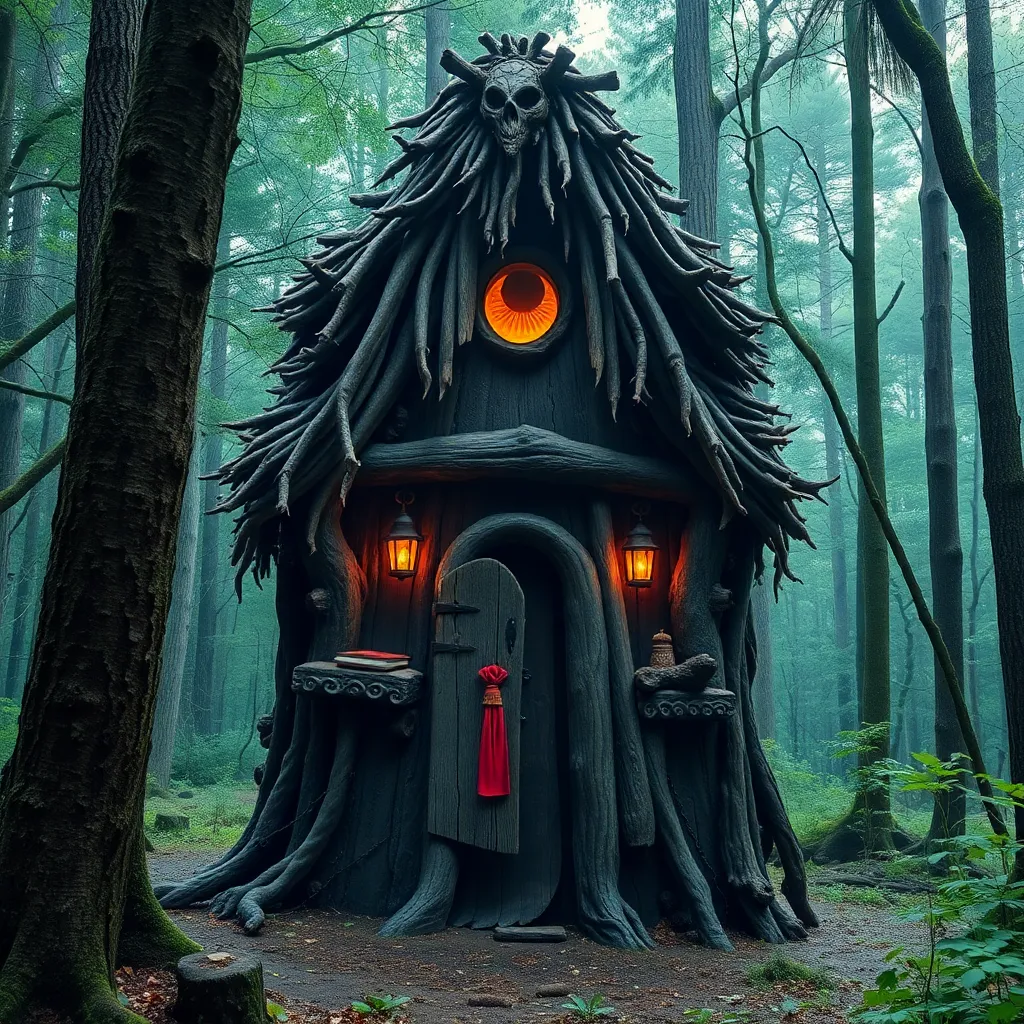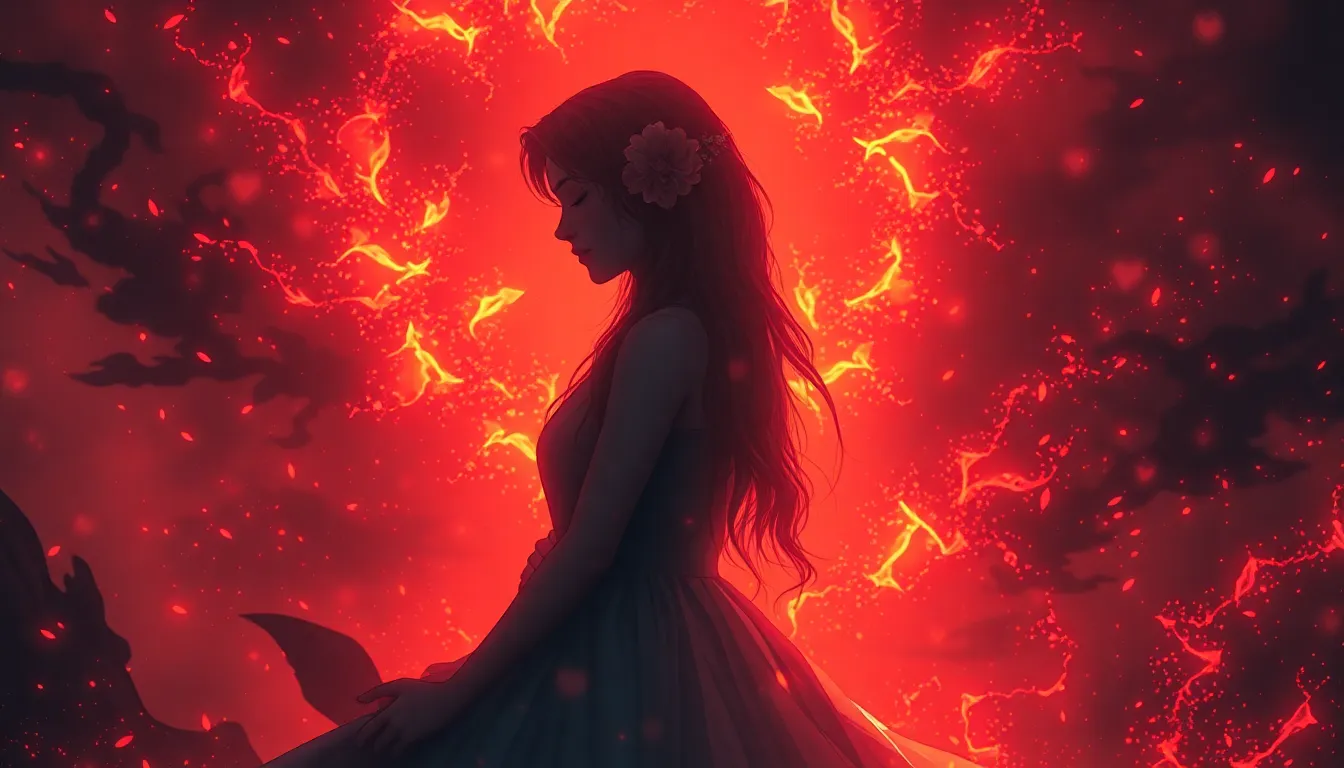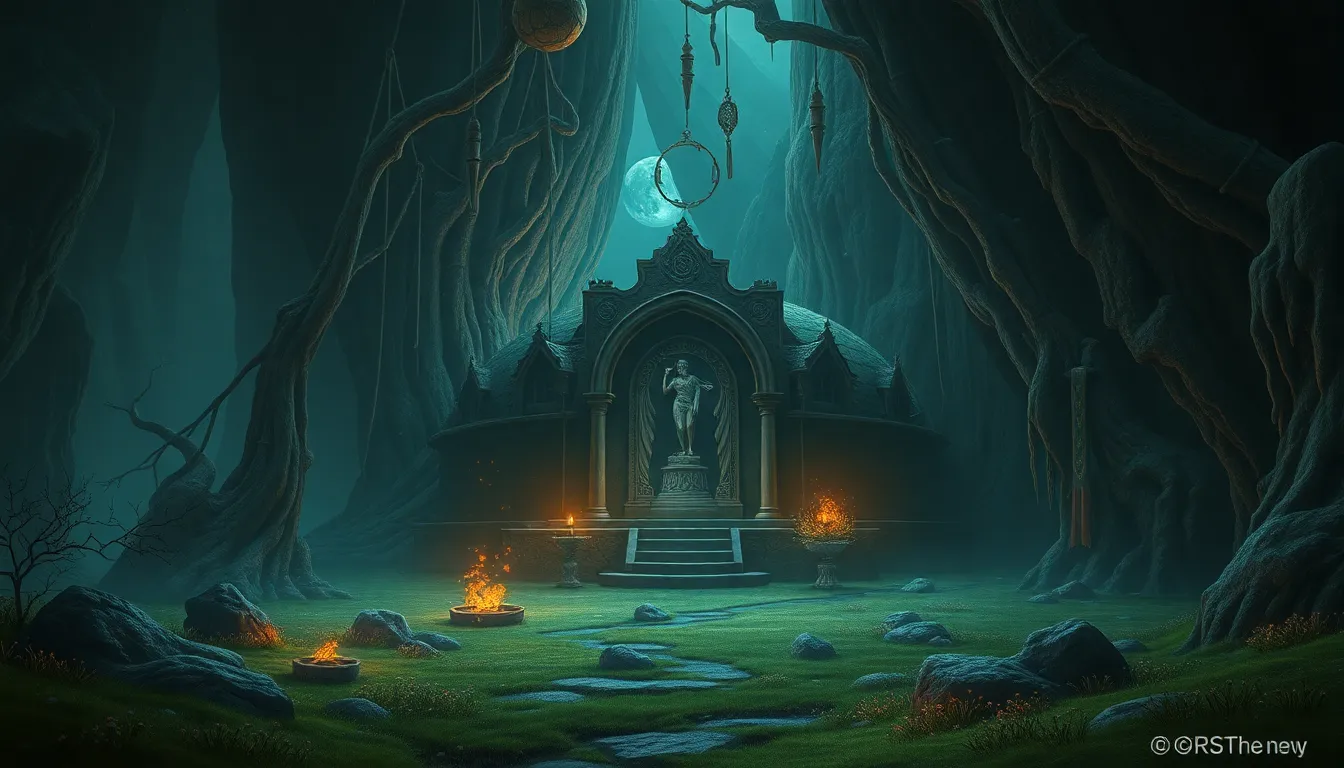Baba Yaga and the Power of the Forest: Nature’s Role in Folklore
I. Introduction
Baba Yaga is a mythical figure deeply rooted in Slavic folklore, often depicted as a witch-like character who inhabits the forest. Her stories blend elements of magic, morality, and the uncanny, making her a captivating subject of study. The forest, a vital setting in these narratives, plays a crucial role in shaping the stories and characters within Slavic mythology. This article aims to explore the intricate connection between Baba Yaga and the natural world, examining how the forest influences her character and the broader themes present in folklore.
II. The Origins of Baba Yaga
The origins of Baba Yaga can be traced back to ancient Slavic beliefs and practices. She is often portrayed as an ambiguous figure, oscillating between a benevolent grandmother and a malevolent witch. Historical texts suggest that her character may have evolved from various pagan traditions, where she represented the darker aspects of nature and femininity.
Across different cultures, variations of Baba Yaga exist, each reflecting local beliefs and values. In some tales, she is a wise old woman who aids heroes, while in others, she is a fearsome antagonist. This duality adds depth to her character and highlights the complexities of nature itself.
Baba Yaga’s dwelling, typically depicted as a hut that stands on chicken legs, symbolizes her connection to the forest. This peculiar home embodies the wildness and unpredictability of nature, serving as both a refuge and a source of fear.
III. The Forest as a Living Entity
In Slavic folklore, the forest is often perceived as a living entity, rich with mystery and magic. It serves as the backdrop for countless tales, embodying both danger and wisdom. The dense woods can be intimidating, harboring creatures and spirits that challenge or assist the protagonists. This duality reflects the complexities of the natural world, where beauty and peril coexist.
- Danger: The forest is home to wild beasts, treacherous paths, and dark magic.
- Wisdom: It is also a place of learning, where characters gain knowledge and insight.
The forest plays a significant role in shaping the identity of characters like Baba Yaga. It is not just her home; it is an extension of her being, reflecting her moods and actions. The interplay between Baba Yaga and the forest emphasizes the symbiotic relationship between humans and nature.
IV. Baba Yaga’s Relationship with Nature
Baba Yaga can be seen as a guardian of the forest, a figure who understands the delicate balance of nature. Her interactions with natural elements and creatures reveal her deep connection to the environment. She often commands respect from the animals and spirits that inhabit the woods, showcasing her role as a mediator between the human world and the natural realm.
However, Baba Yaga’s character is marked by duality—she embodies both nurturing and destructive qualities. While she can provide guidance and assistance, she can also unleash chaos and fear. This duality reflects the unpredictable nature of the forest itself, where nurturing growth and destructive forces often coexist.
V. The Role of Animals and Spirits in Baba Yaga’s Tales
Animals play a significant role in Slavic folklore, often acting as messengers or guides in Baba Yaga’s stories. They embody various traits and characteristics, symbolizing different aspects of life and nature. Common animals associated with her include:
- Wolves: Representing cunning and strength, often serving as protectors.
- Birds: Acting as messengers between the worlds of humans and spirits.
- Foxes: Symbolizing cleverness and adaptability.
In addition to animals, forest spirits also play a crucial role in shaping the narrative. These entities can influence events and guide characters, reflecting the belief that nature is imbued with spiritual significance. Baba Yaga’s interactions with these spirits highlight the interconnectedness of all living beings within the forest.
VI. Nature as a Reflection of Human Emotion and Conflict
The forest often serves as a metaphor for inner struggles and human emotions in Baba Yaga’s tales. Characters navigating the complexities of life may find themselves lost in the woods, symbolizing their confusion and turmoil. Baba Yaga embodies these human fears and desires, acting as a catalyst for change and growth.
Through her stories, we see how nature mirrors the emotional landscape of individuals. The forest can represent:
- Fear: The unknown and the dangers lurking within.
- Hope: The potential for growth and transformation.
- Conflict: The struggle between good and evil, light and dark.
This interplay between nature and human emotions enriches the narratives and offers insights into the human experience.
VII. Modern Interpretations of Baba Yaga and Nature
In contemporary media and literature, Baba Yaga has been reinterpreted in various ways, often reflecting modern themes and concerns. As environmental issues become increasingly prominent, stories featuring Baba Yaga have begun to explore the relationship between humans and nature more deeply. Her character is sometimes portrayed as a protector of the forest, advocating for ecological balance and respect for the natural world.
The resurgence of interest in folklore and environmental themes highlights the timeless relevance of these narratives. Modern interpretations often emphasize:
- Environmentalism: The need to respect and protect nature.
- Feminism: Reclaiming Baba Yaga as a symbol of female power and independence.
- Magic realism: Blending the mystical with contemporary issues.
These reinterpretations not only keep the stories alive but also provide new insights into the relationship between humanity and the environment.
VIII. Conclusion
Baba Yaga remains a significant figure in folklore, embodying the complexities of nature and its relationship with humanity. Her stories serve as a reminder of the importance of respecting the environment and acknowledging its power. The enduring legacy of Slavic myths offers valuable lessons about our connection to nature, encouraging us to reflect on our actions and their impact on the world around us.
As we continue to explore these narratives, it is crucial to preserve folklore and its teachings, ensuring that future generations can learn from the wisdom embedded in these timeless tales.



